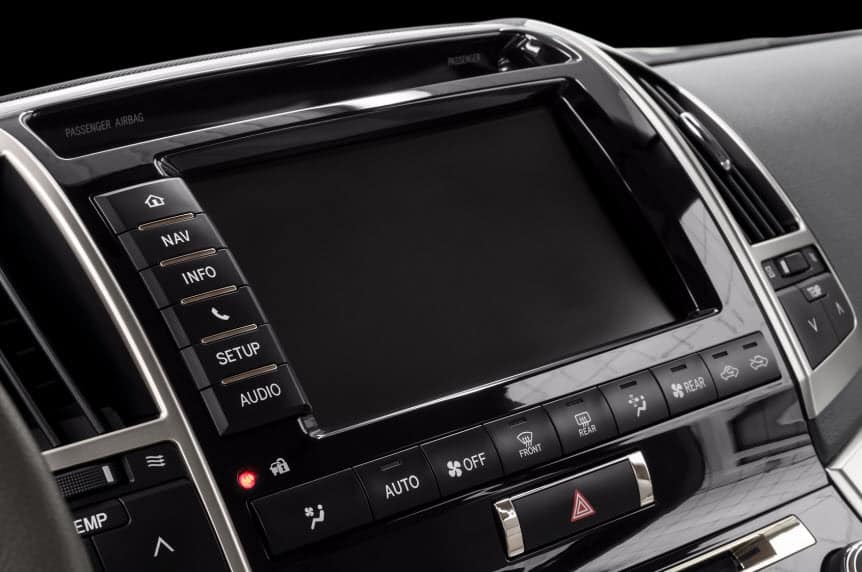Automotive safety has evolved from just seatbelts and lighting to digital safety features that can help drivers avoid collisions. Vehicles today are among the safest in history, contributing to overall annual decreases in crash-related fatalities and injuries. Automakers continue to offer and increasing range of safety technologies which can cause drivers to struggle to stay up to date with the systems in their cars. Let’s take a look at some of the standard and recommended safety features/technologies.
Standard:
Electronic Stability Control (ESC) is a system which uses and automatic computer. It allows for controlled braking on individual wheels, assisting the driver in maintaining control in serious driving situations.
Recommended:
Forward Collision Warning (FCW) is a technology that detects other vehicles or objects ahead. For example, if your vehicle is moving too close to another vehicle at a high speed, it will warn the driver of an approaching collision. This allows the driver to brake or steer away to avoid the collision.
Lane Departure Warning (LDW) uses a camera system to trace your vehicle’s position in relation to the road and lane markings. This technology alerts the driver of unintentional lane shifts.
Rearview Video System, also known as a backup camera, assists the driver in seeing obstructions when the driver shifts the vehicle into reverse. While this is a recommended feature, most new cars now come with this feature, and by May 2018 this technology will become standard.
Blind spot monitoring technology features sensors on the sides and/or rear of the vehicle which will detect the vehicle’s blind spot. A warning signal, most typically yellow or red flashing occurs in the mirrors when there is an object or vehicle in one of the blind spots. Some vehicles also include lane-side view cameras which, when the driver flips a turn signal, will display what is in the blind spot on that side of the vehicle.
Additional safety technologies include: lane keeping support, forward collision avoidance and mitigation, frontal pedestrian impact mitigation breaking, automatic crash notification, rear cross-traffic alert, and adaptive cruise control.

